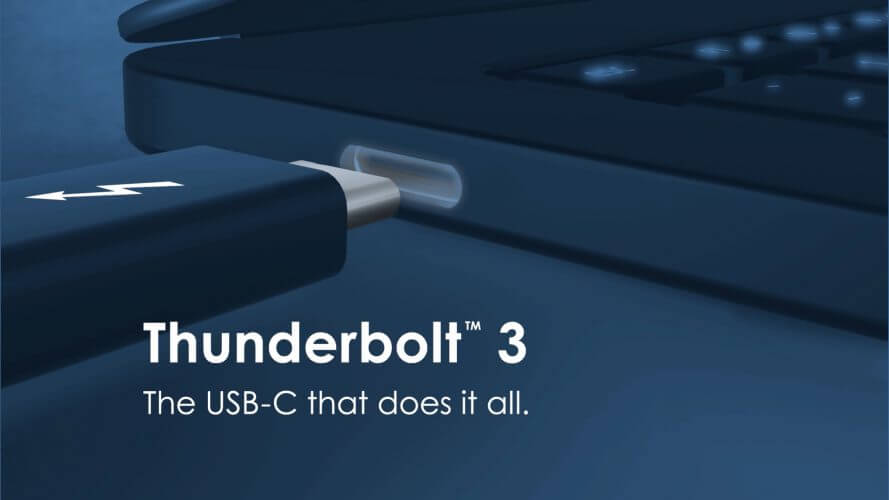USB-C is set to eventually become the only connector your devices need, but Intel is hoping it'll be Thunderbolt actually driving things underneath. Two years after switching from using the Mini DisplayPort connection to USB-C, Intel now says it will be releasing the protocol's specification to the industry next year under a royalty-free license, and it's working to integrate Thunderbolt 3 into its own CPUs.
That means rival chip makers like AMD will be able tu bake support for the technology too, while peripheral manufacturers can start developing their own Thunderbolt-compatible controllers.
Thunderbolt 3 is one of the most versatile USB-C solutions out there. It can handle transfer speeds of 40Gbps, power devices, and connect to a 4K display all through the same port. But while close to 150 PC models have implemented the technology, including Apple's MacBook Pro family, royalty costs have made Thunderbolt peripherals and cables expensive, ultimately hampering its success.
Jason Ziller, Intel's lead for Thunderbolt development says the move is going to drive broader adoption and deployment of Thunderbolt 3 in PCs, while the increased demand for peripherals and accessories should help from a mass-production economy of scale standpoint too --- currently, Thunderbolt 3 accessories and cables tend to be priced significantly higher than their USB 3.1 counterparts.
Intel mentions a few scenarios where it expects Thunderbolt to thrive, including single-cable docks working as a "simple and universal way to unleash the full performance of mobile devices when docked", transferring a full 4K movie in under 30 seconds, driving external GPU solutions for high end gaming, and enabling virtual reality headsets to work at higher resolutions.
